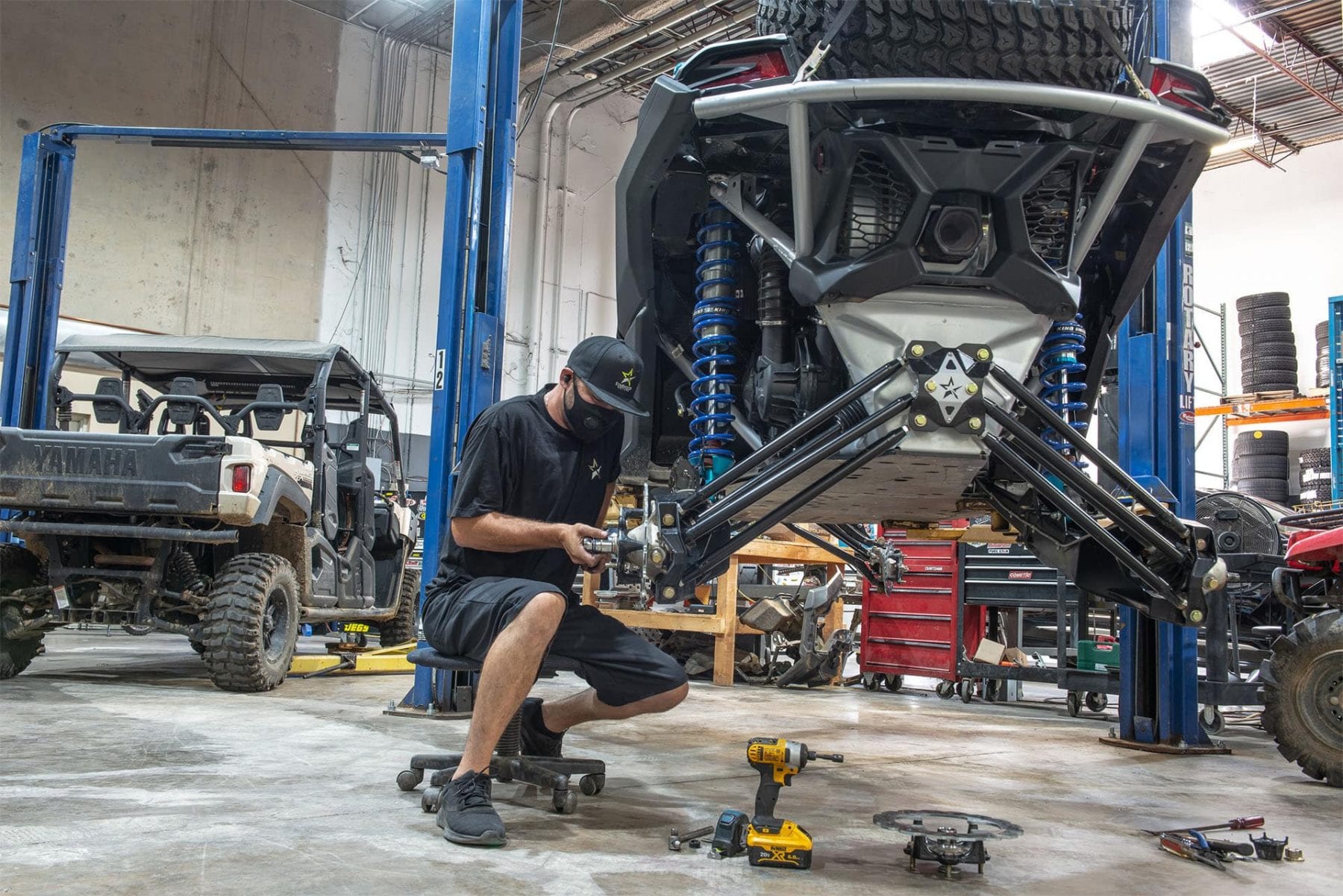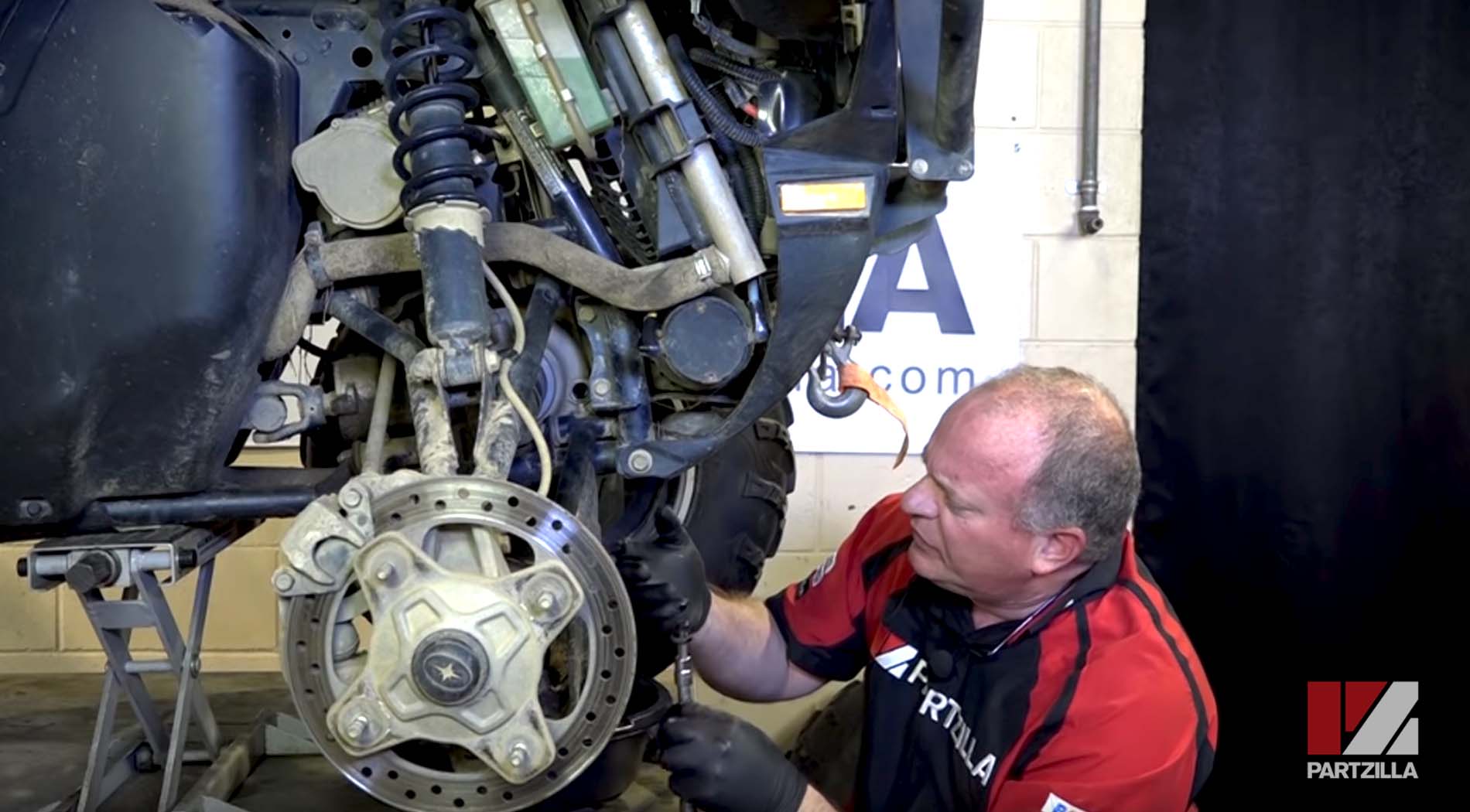Overcome the Wilderness: Your Ultimate ATV Exploration Awaits
Overcome the Wilderness: Your Ultimate ATV Exploration Awaits
Blog Article
ATV Riding Strategies: Understanding the Art of Off-Roading

Body Positioning
To efficiently browse with difficult off-road surface, it is critical for ATV cyclists to constantly preserve appropriate body positioning. Preserving the right body placement while riding an ATV not only improves control and stability however also makes sure the cyclist's security. By adopting the proper body positioning methods, riders can efficiently distribute their weight, boost their balance, and lessen the risk of injuries or accidents.
One key facet of correct body positioning is maintaining the feet on the foot pegs. Putting the feet on the foot pegs allows the cyclist to maintain security and control over the ATV. The rider's knees must be slightly bent, offering a mild suspension to soak up shocks and maintain balance. Furthermore, the motorcyclist's top body should continue to be relaxed and adaptable, enabling quick and seamless movements when necessary. This includes maintaining a light grasp on the handlebars to preserve control without too much pressure.
Moreover, the rider's eyes must always be focused ahead, scanning the surface and preparing for any obstacles or adjustments in the route. By keeping an onward stare, cyclists can make split-second choices and react properly to challenging terrain.
Throttle Control
Structure upon the importance of proper body placing for ATV bikers, mastering throttle control is an important skill that enables riders to effectively maneuver through various off-road terrains. Strangle control describes the capacity to control the amount of power delivered to the ATV's engine. By understanding how to adjust the throttle, bikers can make sure a controlled and smooth velocity, allowing them to browse obstacles with precision.
Among the basic facets of throttle control is finding out to regulate the throttle smoothly. Abrupt or jerky movements can trigger the ATV to lose traction or end up being unpredictable, making it challenging to keep control. Instead, cyclists need to intend for steady and purposeful throttle inputs, specifically when going across tough terrains. This technique allows the ATV to keep a stable rate and provides better grip, reducing the threat of crashes.
Along with smooth inflection, motorcyclists need to also discover just how to stabilize the throttle with other riding techniques, such as body positioning and braking. As an example, when climbing up high hills, cyclists need to apply enough throttle to maintain energy without causing or overpowering the atv wheel spin. Likewise, when descending high inclines, bikers must utilize the throttle in combination with correct body braking and placing to maintain control and avoid the ATV from gliding or toppling.

Braking Techniques
An essential facet of ATV riding strategies is understanding efficient stopping methods. When it involves off-roading, understanding just how to brake correctly can make a substantial difference in your safety and security and control over the vehicle. One of one of the most essential braking methods is making visit the website use of the front brake greater than the rear brake. The front brake provides most of the stopping power, so it is critical to use it deliberately. It is important to keep in mind that extreme braking with only the front brake can trigger the ATV to pitch forward, potentially leading to loss of control or also turning over. It is advised to apply both brakes all at once, but with more stress on the front brake. An additional essential method is to stay clear of securing the wheels while braking. Locking the wheels can lead to skidding, making it challenging to keep control. To stop this, squeeze the brake levers gradually and launch them slightly if you feel the wheels securing. By mastering these stopping methods, you can enhance your ATV riding abilities and see this website make sure a safe and enjoyable off-roading experience.
Cornering Methods
One essential aspect of understanding ATV riding techniques is comprehending reliable cornering techniques. Collaring on an ATV can be tough, however with the right strategies, motorcyclists can navigate turns safely and efficiently. The key to successful cornering is to maintain control of the ATV while optimizing grip and decreasing the threat of tipping over.
To implement an appropriate cornering strategy, motorcyclists must come close to the turn at a proper speed, ensuring they are not going also quick or also sluggish. It is critical to shift the body weight in the direction of the within the turn, leaning right into it to keep balance and stability. This aids to counterbalance the centrifugal force and keeps the ATV upright.
Furthermore, bikers need to keep their eyes concentrated on the departure point of the turn instead of the immediate path ahead (ATV). This allows for smoother and a lot more precise guiding, as it helps the cyclist expect any type of challenges or modifications in surface
Furthermore, appropriate throttle control plays a substantial function in cornering. Cyclists should modulate the throttle efficiently, staying clear of unexpected velocities or decelerations, which can cause loss of control.
Uphill and Downhill Riding
When browsing off-road surface, ATV bikers need to master the techniques for uphill and downhill riding to keep control and guarantee security. Downhill riding, on the various other hand, needs cyclists to lean back and change their weight towards the back of the ATV. By mastering the methods for uphill and downhill riding, ATV motorcyclists can with confidence deal with Get More Information different off-road terrains and delight in a secure and exciting journey.
Conclusion
In verdict, grasping the art of ATV riding needs a mix of body positioning, throttle control, stopping strategies, and efficient cornering. Uphill and downhill riding likewise require certain abilities to navigate safely. By applying these methods, cyclists can enhance their off-roading experience and enhance their total control and security on the ATV.
ATV Riding Techniques: Mastering the Art of Off-Roading is an extensive overview that delves into the details of mastering the skills needed for off-road ATV riding. Whether you are a newbie or a knowledgeable biker, ATV Riding Techniques: Grasping the Art of Off-Roading uses vital advice to aid elevate your off-road ATV riding skills to the next degree.

Report this page